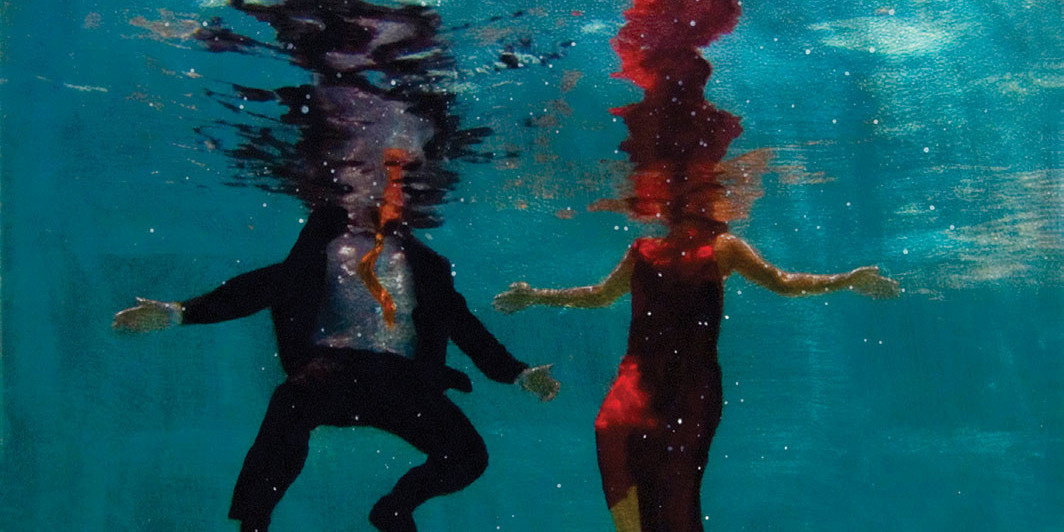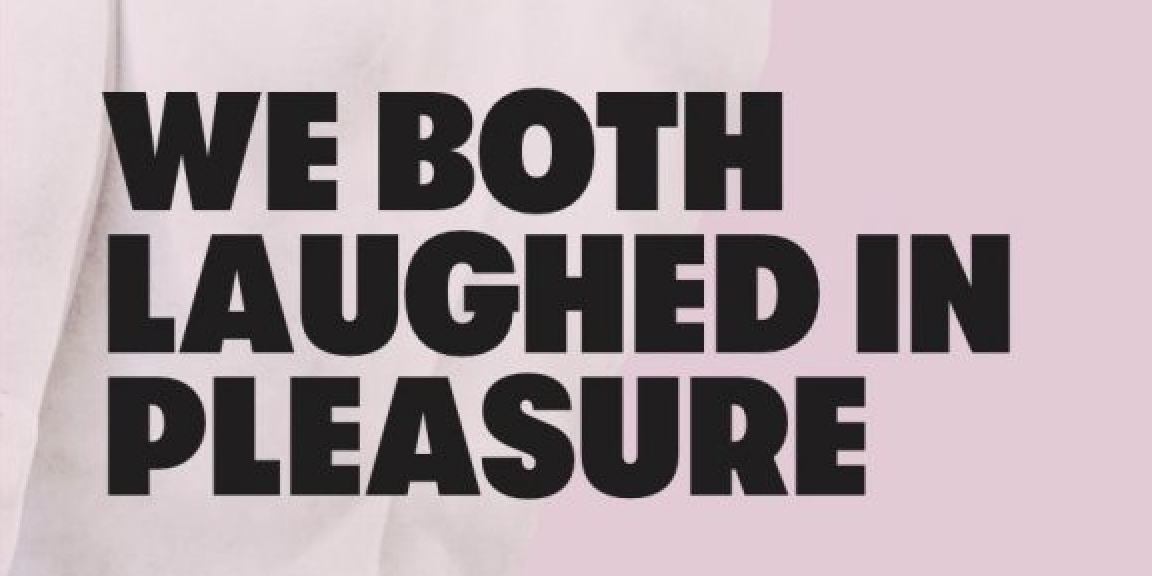El Caserío
This is where I begin. I come from poverty, from El Caserío Padre Rivera, the government housing projects, and there are stories here I never want to forget.
In El Caserío, Anthony and I spent most summer days playing outside. It was a world of men, of violence, a place too often not safe for women or girls. There were shoot-outs in the streets, fourteen-year-old boys carrying guns as they rode their bikes to the candy store just outside the walls. We watched a guy get stabbed right in front of our building, watched the cops, who we called “los camarones,” come in and raid places for drugs












